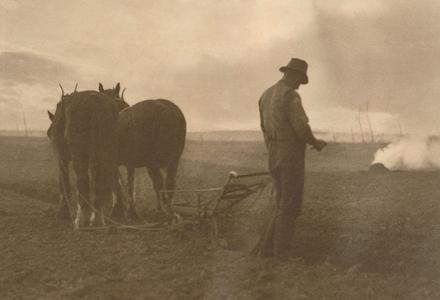Not long after the landing at Gallipoli, Ettie Rout made her way to Egypt. There she established the New Zealand Volunteer Sisterhood, a small contingent of expatriate women committed to the care of their Anzacs. Like most patriotic leagues, Ettie’s association arranged outings for the men, organised social events and distributed comforts. But in Cairo Ettie also confronted what contemporaries called the ‘social evil’. Australian and New Zealand troops frequented bars and brothels; many visited prostitutes in the notorious Wasser district; a large number contracted venereal diseases. By 1915 alarmed officials noted that Anzac forces had a higher rate of sexually transmitted diseases than any other fighting force in the British Empire. But their policy was one of pious denial. Venereal disease (VD) cases were sent home in disgrace and men lectured on the virtues of clean living and the dangers of ‘immorality’ and vice.
As Ettie Rout saw it the problem was a medical rather a moral one. Instead of judging the men she set out to help them. She knew young men were hungry for experience and that abstinence was an impractical strategy. So with advice from medical professionals and the soldiers themselves, she put together a prophylactic kit. It contained calomel ointment, Condey’s Crystals and condoms, and was distributed free of charge to troops on leave. The authorities turned a blind eye. Mindful of public opinion back home, the Army could not be seen to condone ‘immorality’. But whilst Ettie’s kits were not officially sanctioned, the generals knew all too well their value. Keeping fit men in the Line was their first concern and in the land of ‘sun, sex and syphilis’ sexually transmitted diseases posed almost as great a threat as Ottoman artillery. In 1918 the New Zealand government would quietly ‘adopt’ Ettie’s kit, albeit without any kind of acknowledgement.
After Egypt, Ettie spent most of the war years in London and Paris. Anzac troops visited both places on leave, their three day binges in Folie Bergere and the red light districts a desperate attempt to forget the horrors of the trenches. In Paris, Ettie set up a kind of sexual welfare service. Waiting on the platform at the Gare du Nord, she would greet men arriving in the City of Love, knowing full well what they were after. They were directed to one of the ‘clean’ brothels Ettie had identified where regular medical inspections (of sex workers but not their clients) checked the spread of infection.
It wasn’t just the sexual health of soldiers or sex workers that concerned Ettie Rout. She feared as much for the safety of the women back home. The long-term consequences of venereal disease were ghastly—sterility, insanity, and death—and before the discovery of penicillin there was no safe or lasting cure. In the early twentieth century, gonorrhoea and syphilis marred lives, broke marriages and destroyed the healthy, companionate home life idealised by feminist campaigners. Ettie was determined to protect her sex from what many called ‘the red plague’. She was fighting, she declared, for the ‘weeping women who have done no wrong: the cry of innocent babes too young to know how they suffer—and why.’ In such a campaign, she observed, ‘the Good Women do more damage than the Bad Women’. Holier-than-thou Puritans who denied the extent of the problem—or refused to take effective measures, only aided the spread of disease. At the heart of this lay a feminist commitment to women’s personal agency. ‘We must not allow ourselves to become the victims of men’s carelessness, selfishness and lust’, Ettie Rout told her fellow campaigners: ‘our bodies are ours and ours alone’.
Ettie Rout’s story reminds us that thousands of lives were saved by the work of sex reformers. Rout’s enlightened approach to sexual health education anticipated later approaches to epidemics like AIDS. In France, her work was venerated—she was praised by politicians, celebrated by the media and awarded the Médaille de la Reconnaissance Française. But at home she met with a frosty reception. New Zealand authorities campaigned actively against her and imposed a £100 fine for the mere mention of her name.
Ettie Rout died in 1936 from a quinine overdose. Maligned and misunderstood, there is a strong possibility she took her own life. In a way, she joined the countless casualties of war, fatalities not always confined to the battlefield. As she wrote to her friend HG Wells, ‘it’s a mixed blessing to be born too soon’.
For full attribution of sources, suggestions for further reading and an extended version of the story itself see ‘A guardian angel of the Anzacs: Ettie Rout’ in Bruce Scates, Rebecca Wheatley and Laura James, World War One: A History in 100 stories (Melbourne, Penguin/Viking, 2015) pp. 70-73; 355.



